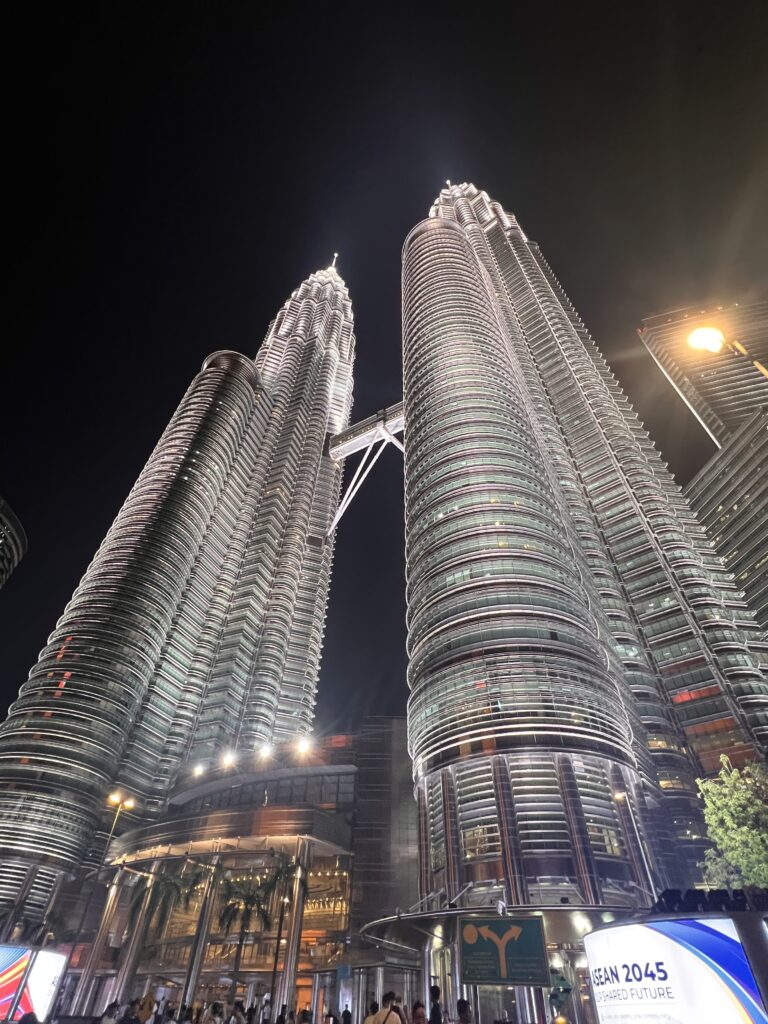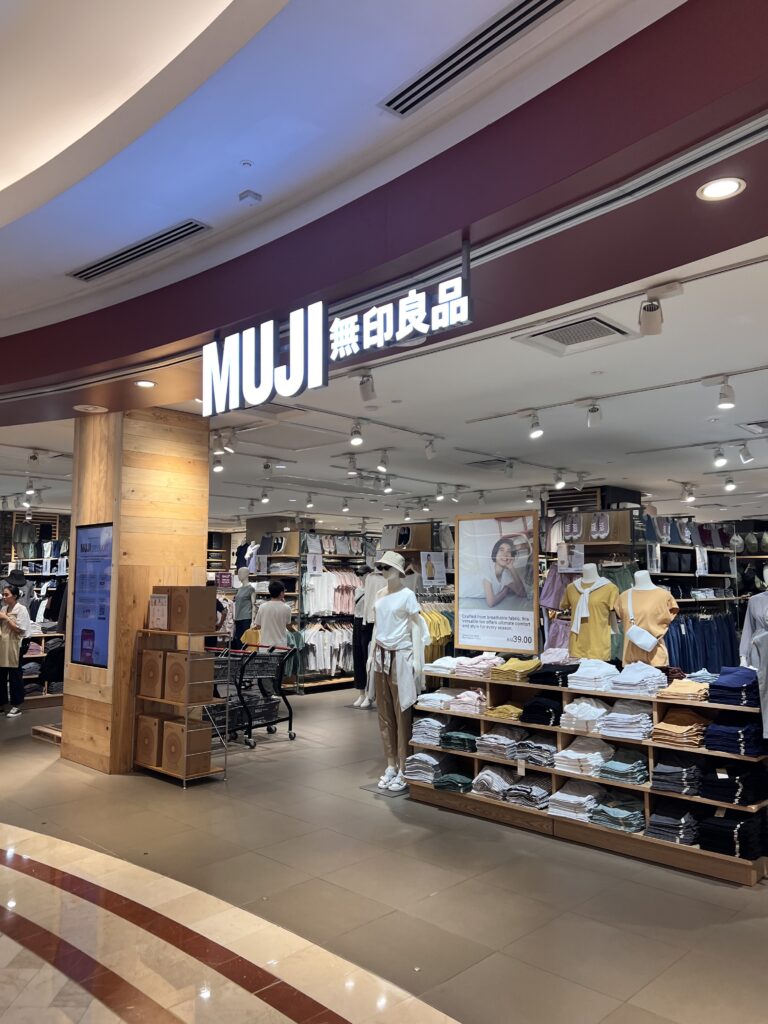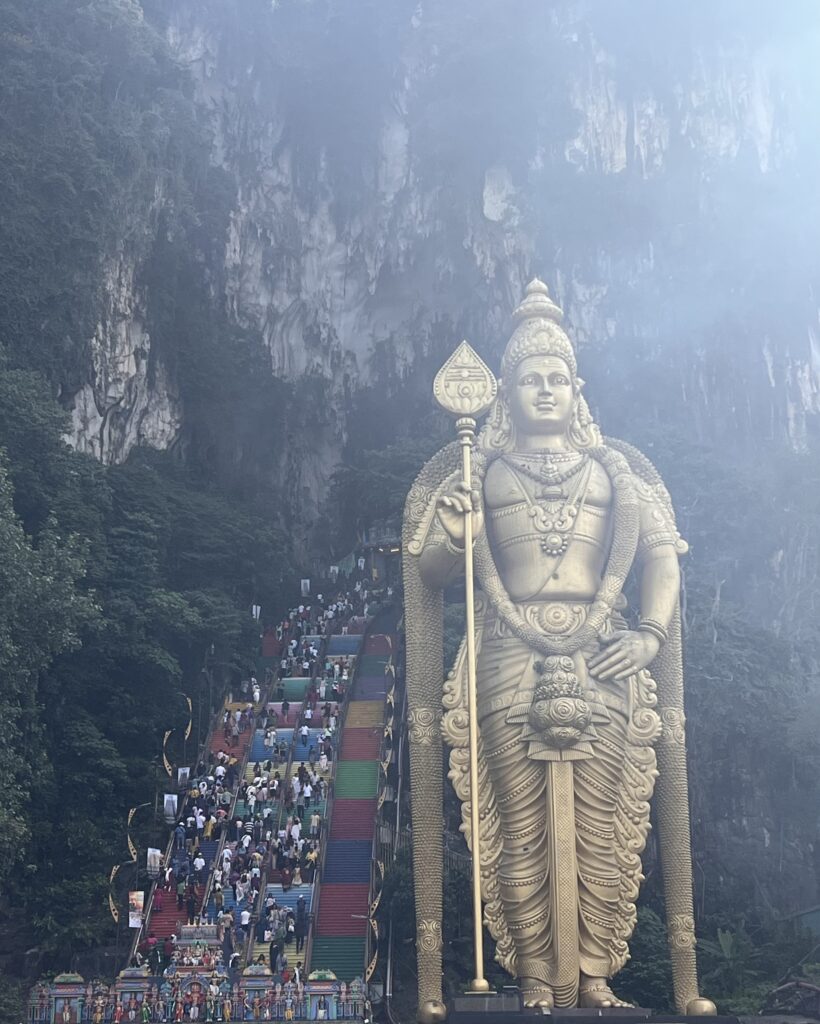A few days ago, I was in Kuala Lumpur (KL), the capital of Malaysia!
It was actually my first time visiting KL, and my first trip back to Malaysia in about 15 years since going to Kota Kinabalu.
Originally, KL wasn’t even on my travel plans. But in Bali, you can only stay for a maximum of 60 days due to visa rules. So, I started looking for cities with direct flights from Bali, and KL popped up as an option.
(In the end, my Japan → Bali flight was delayed by one day, so technically I could have stayed in Bali longer… but by then, I had already booked my flight to KL!)
KL is a big, bustling city, and I was surprised to see so many familiar Japanese stores—Muji, Uniqlo, Don Quijote, Nitori, Kinokuniya, Isetan, Ippudo, and more!


KL has seen a growing number of Japanese expats for many years now, and I’d always heard the main reason was the low cost of living.
But once I was there, I realized KL is no exception to the global trend—eating at foreigner-oriented spots or Japanese restaurants can actually be more expensive than in Japan.
These days, it’s hard to think of many countries that are still significantly cheaper than Japan. Maybe Vietnam… and that’s about it.
Even places like Poland, the Czech Republic, Slovakia in Eastern Europe, or Guatemala and Mexico in Central America—which were way cheaper than Japan 10 years ago—are now at the same level or even more expensive. Travel to these countries might get harder in the coming years.
Speaking of Malaysia, about 10 years ago when I was living in Tokyo, I attended a seminar on Malaysian real estate investment. At that time, foreign buyers could only purchase properties priced at RM 500,000 or above (about 17.5 million yen at today’s exchange rate). But from 2014, the minimum price was doubled to RM 1 million (with some exceptions depending on the state). Properties with building permits granted before the rule change were exempt, which is why the seminar was targeting Japanese investors trying to buy before the deadline.
This is something many people in Japan may not know, but in many countries—including China, Indonesia, and Malaysia—foreigners either can’t buy real estate at all or must meet strict requirements to do so. Japan has no such restrictions, making it an open market for everyone. For years, places like Hokkaido and Osaka have seen a surge in foreign purchases (mostly investments), leading to price hikes and a flood of short-term rental properties.
Living abroad makes you appreciate how attractive Japan is as an investment destination. Overall, land and property prices in Japan are still very affordable compared to much of the world.
When I was in Ubud, Bali, I met a German woman who asked me about traditional Japanese houses. She was interested in Japanese culture and Zen, and said she was planning to visit Kyoto in September. When you’re overseas, you often get to experience niche aspects of Japanese culture through other people’s eyes—things you might not notice yourself.
Right now, I’m back in Bali, staying in the trendy Canggu area. This neighborhood has exploded in popularity in recent years, full of cafes and restaurants (mostly catering to foreigners). I’d never even heard of it a few years ago, which shows just how fast Southeast Asia develops. Even when I thought Bali had already reached peak foreigner population years ago, it’s still growing!
Unfortunately, my allergic conjunctivitis has flared up badly, so everyday I’m battling itchy, painful eyes. But I’ll be in Bali for another month, so I’ll keep enjoying my time here and doing some “on-the-ground research.”
Oh, and I also visited Batu Caves, Malaysia’s famous Hindu sacred site!

